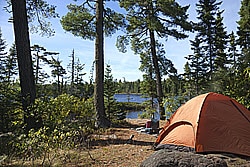 So you’re camping out and getting your cooking gear together! Or, maybe you’re just going to fire up the grill in the backyard and cook for family and friends. Maybe you’re gathering your tailgate supplies for the College and Pro football season. Whichever version of outdoor cooking you’re leaning towards it’s always a great idea to keep a few food safety tips in mind. Hopefully, there won’t be any problems! But here are three safety hacks that are perfect for the back yard, tailgate or the campsite. Safe Cookouts
So you’re camping out and getting your cooking gear together! Or, maybe you’re just going to fire up the grill in the backyard and cook for family and friends. Maybe you’re gathering your tailgate supplies for the College and Pro football season. Whichever version of outdoor cooking you’re leaning towards it’s always a great idea to keep a few food safety tips in mind. Hopefully, there won’t be any problems! But here are three safety hacks that are perfect for the back yard, tailgate or the campsite. Safe Cookouts
ONE – Cold and Hot – Safe Temperatures – Digital Thermometers
The general rule of thumb that I mention during my chef demos is this; Keep the cold food cold and keep the hot food hot. Use ice to keep cold foods chilled while serving. Such as a bowl of pasta salad resting in a tray of ice. Never mix ice used for consumption with ice used to store food – especially any meat that could drip raw fluids.
Also, cook/grill meats to their proper internal temperature. The only way to do this is with a thermometer. Personally, I use Digital Thermometers for a variety of things. I have a Digital Instant Read Thermometer that’s pocket-sized and perfect for camping and tailgating. Safe Cookouts And I have a Bluetooth Thermometer which sends the chamber temperature of my barbecue smoker to my cell phone. Plus I have a couple of older plain cooking thermometers for backups in case a battery dies.
Use your thermometer to check the internal temps so you properly cook items to the USDA recommendation. This takes care of harmful bacteria that may cause illness. Temps differ from meat to meat so I’ve added the USDA Temperature Chart below.
Beef, Pork, Veal & Lamb Steaks, chops, roasts
145 °F (62.8 °C) and allow to rest for at least 3 minutes
Ground meats
160 °F (71.1 °C)
Ham, fresh or smoked (uncooked)
145 °F (62.8 °C) and allow to rest for at least 3 minutes
Fully Cooked Ham
(to reheat) Reheat cooked hams packaged in USDA-inspected plants to 140 °F (60 °C) and all others to 165 °F (73.9 °C).
All Poultry (breasts, whole bird, legs, thighs, and wings, ground poultry, and stuffing)
165 °F (73.9 °C)
Fish & Shellfish
145 °F (62.8 °C)
-
-
- Source USDA.gov
-
If the food you are serving was stored in the fridge then that food needs to be kept chilled during serving. Hot food from the grill, oven, grill or stove should be kept warm. Think of a restaurant buffet. The hot food is kept hot by using steam tables and the cold food is chilled with ice. Then, as soon as possible after serving, leftover food should be properly stored in the fridge or properly stored and placed on ice in a cooler if tailgating or camping.
TWO: Wash Your Hands and Clean Work Areas
Research from the University of Arizona found that 72 percent of shopping carts that were tested were found to be contaminated with fecal matter and a solid 50 percent also contained E.coli. How does that translate to outdoor cooking? Simple, wash your hands. Other studies have estimated over 90 percent of shopping carts may be contaminated with something that may make you sick!
If you don’t have a sink near your grilling area or tailgate space then simply keep a few containers of hand wipes nearby. And, if at home, try to make several trips to the sink to properly wash your hands. The same goes for your guests. Place several handy wipe containers around for people to use freely. Set a container of wipes on each table, near the drinks and garbage container.
Also, make sure you wash and wipe down your cooking and prep areas. Use separate clean plates/trays when transporting food items. Meaning, don’t chop your salad items on the same surface you just de-boned chicken on. Use clean utensils as well. This will cut down on cross-contamination problems.
THREE: Clean Ice, Separate Ice
Mentioned this above but it’s a big one! And worth diving into a bit deeper. If you are storing drinks in ice, and providing ice for consumption, then you need to have two separate containers. One container holds cans and bottles of beverages that are covered in ice. This is the container/cooler everyone sticks their hands in digging for bottles or cans. Then, have a separate container that holds clean ice for consumption. This is the ice used in cups – an ice scoop should be used as well.
Here is a neat trick that’s similar to parents hiding cookies on the top shelf well out of the reach of children. Set the scoop and container of ice that is to be used for consumption on a raised surface such as a table instead of on the ground. This may keep children from walking up and grabbing a few ice cubes after they have been playing in the yard or with the pets.
Any food kept on ice should have its cooler as well. If you don’t have a way to chill or warm foods while serving then keep the serving time as short as possible. Cook it, serve it, properly store or discard it as soon as possible. The longer food stays out and either warms up or cools down the higher the risk.
BONUS: Having a few extra garbage cans around is always a plus. Keep food, and garbage cans, covered to cut down on flies. Lastly, think about having some bug spray, band-aids, and even sunscreen available for your guests!
Check this OUT!
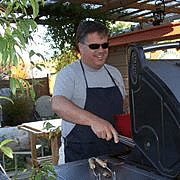 Author Bio: Kent Whitaker, also known as “The Deck Chef,” is an award-winning culinary writer and cookbook author. He’s also penned Young Reader, NASCAR and History titles. The former winner of the Emeril Live Food Network Barbecue Contest also covers football, motorsports, and bass fishing. Kent currently lives in East Tennessee with his wife, son, and a couple of dogs that love when he fires up the smoker or grill. You can reach out to Kent at www.thedeckchef.com, Facebook, Instagram, and Twitter.
Author Bio: Kent Whitaker, also known as “The Deck Chef,” is an award-winning culinary writer and cookbook author. He’s also penned Young Reader, NASCAR and History titles. The former winner of the Emeril Live Food Network Barbecue Contest also covers football, motorsports, and bass fishing. Kent currently lives in East Tennessee with his wife, son, and a couple of dogs that love when he fires up the smoker or grill. You can reach out to Kent at www.thedeckchef.com, Facebook, Instagram, and Twitter.

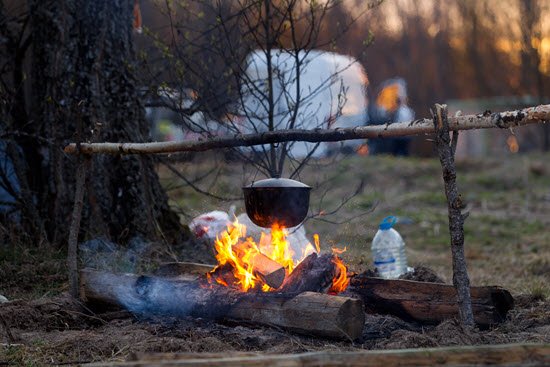

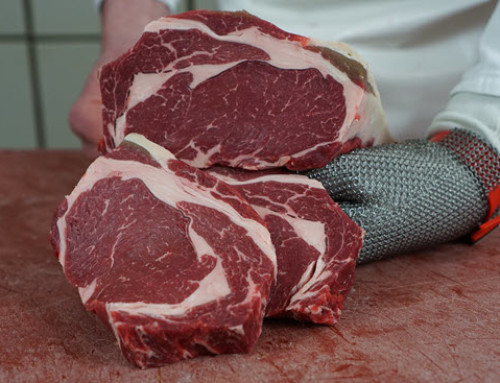
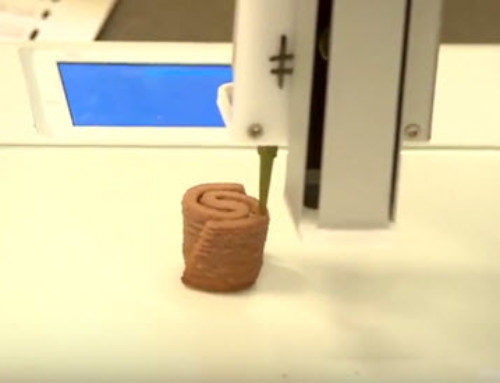

Leave A Comment